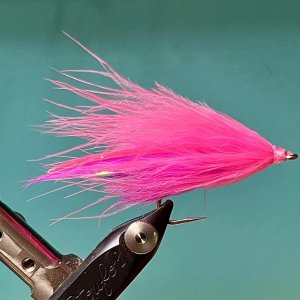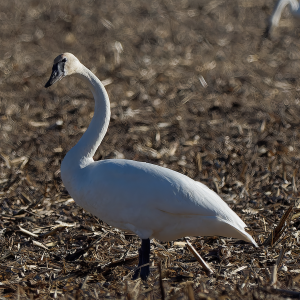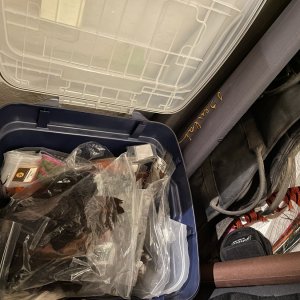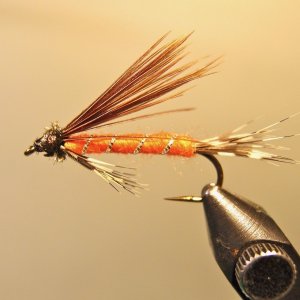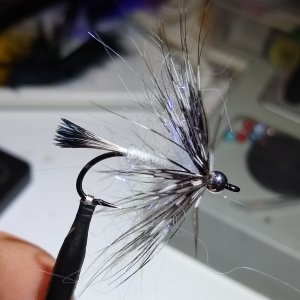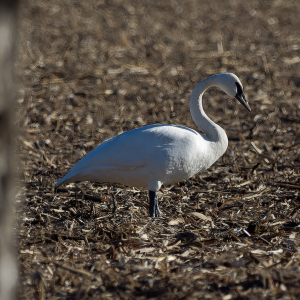Lots of good advice re:lines and golf clubs, and a few stabs at what separates a cheap rod from and expensive rod (maybe there was something in that KG video, but he's kinda long winded so I didn't watch more than 30 seconds

), but I'll add my 2 cents (adjusted for inflation)...
Generally speaking, expensive rods have a high level of fit and finish, as well as premium components. No excess thread/wraps, minimal amounts of thread finish, proper ferrule checks, high-quality and well-fit cork, low-tolerance seat parts...while all if these things make for good aesthetics, the wraps and finish can also affect the bend/casting properties of the fishpole - too much epoxy / excess thread wraps serve to dampen the rod by adding weight and "flat spots", or places the rod now doesn't bend...
Another general observation is higher-priced rods usually have higher-quality graphite, and higher-quality graphite requires less material which means less weight. Less weight (typically) allows for faster damping, and faster damping means less energy lost while casting.
I've noticed a tendency for some cheaper rods to have moderate-to-severe torsional deflection issues, or the inability to track "true" - this can also be exacerbated by bad techinique, but (once again) generally speaking, I haven't seen that issue in rods with more thought and care put into the individual build - and there are some relatively cheap rods out there which track very well.
One of my general takeaways after decades in the industry is 95% of the flycasting population will never be able to cast a representative "inexpensive" (<$250) flyrod past its full potential. It behooves you to buy a cheap flypole (and cheap flystring, don't get me started on that issue) and as other have already observed, spend the rest on a flycasting instructor who can give you the proper foundation for success.


